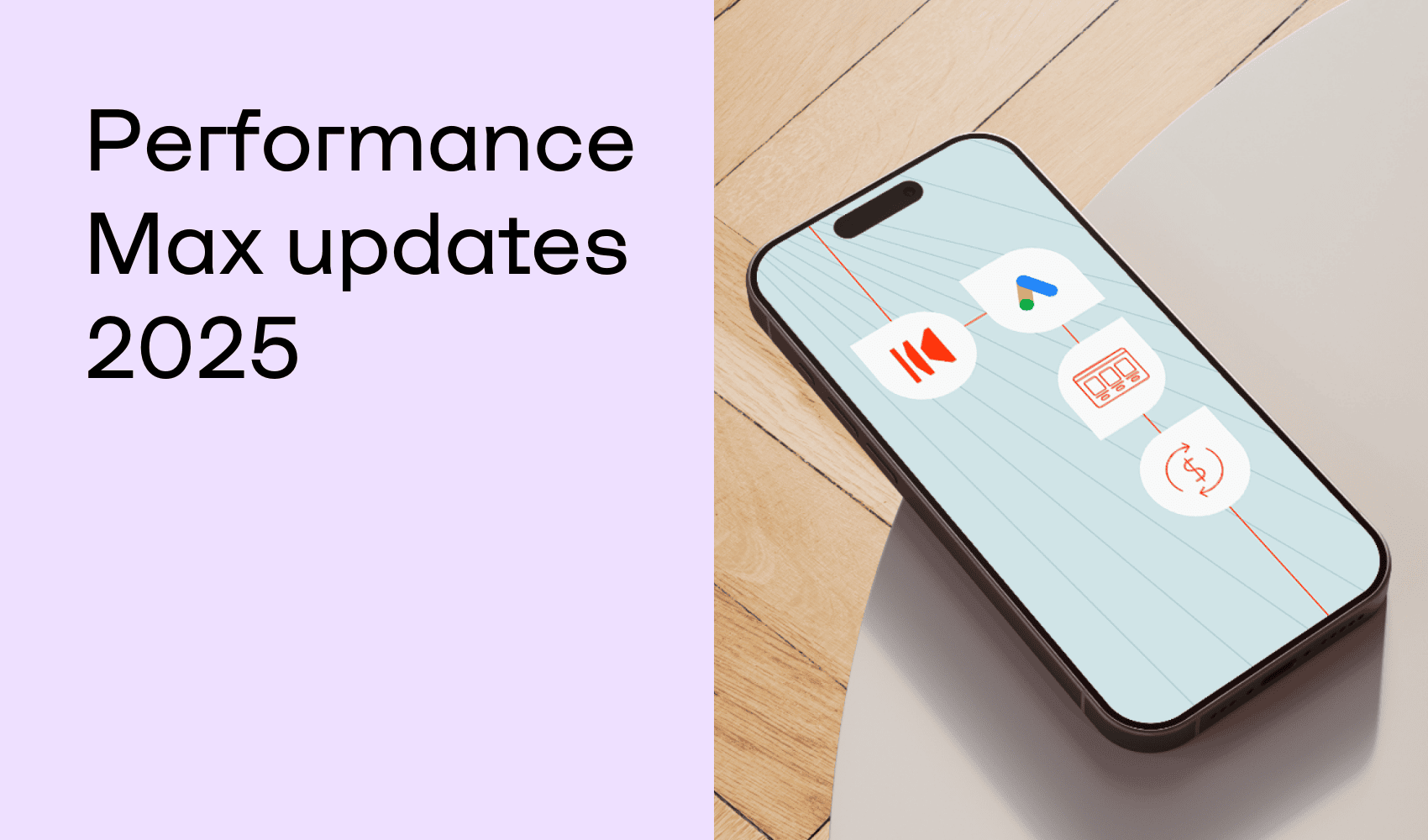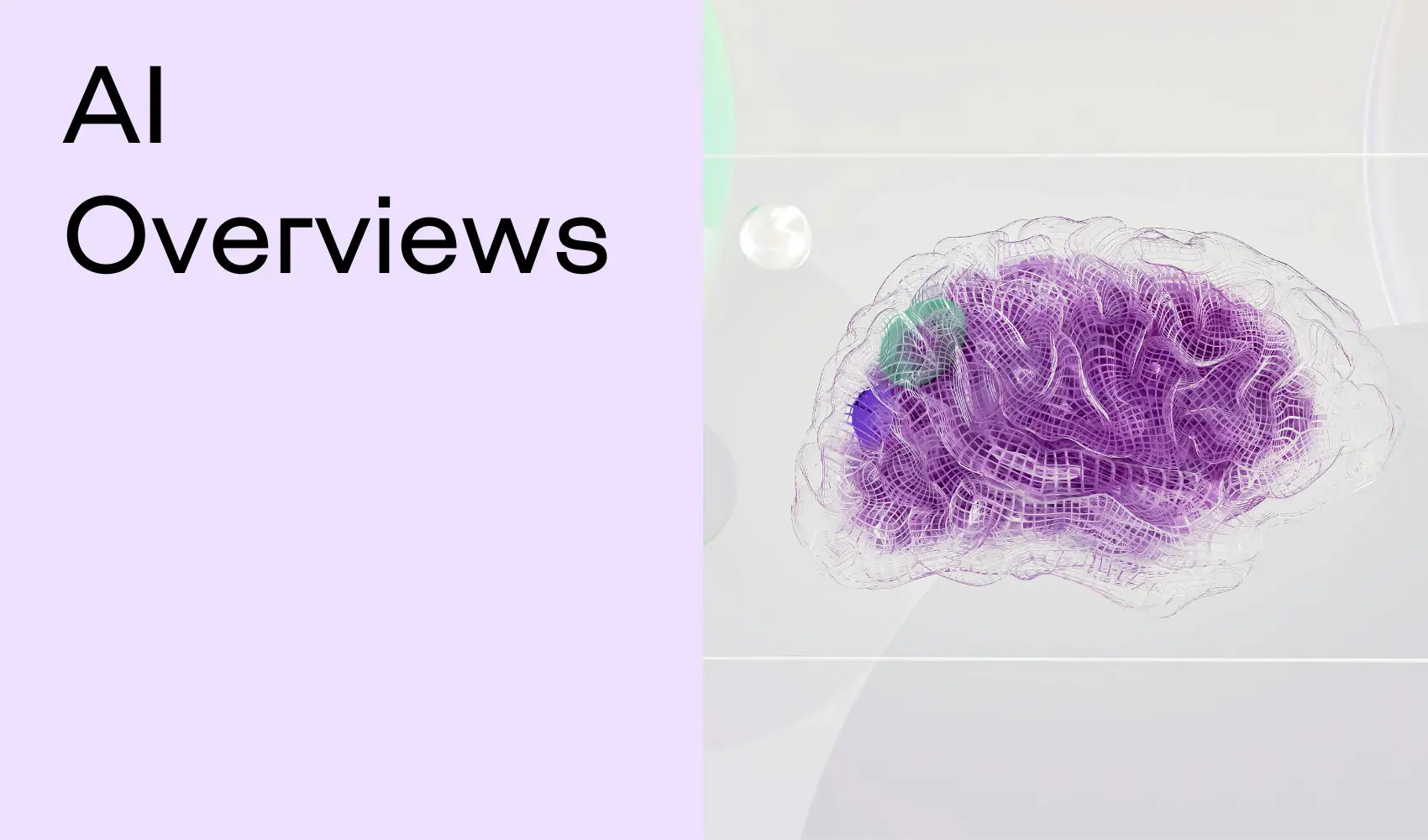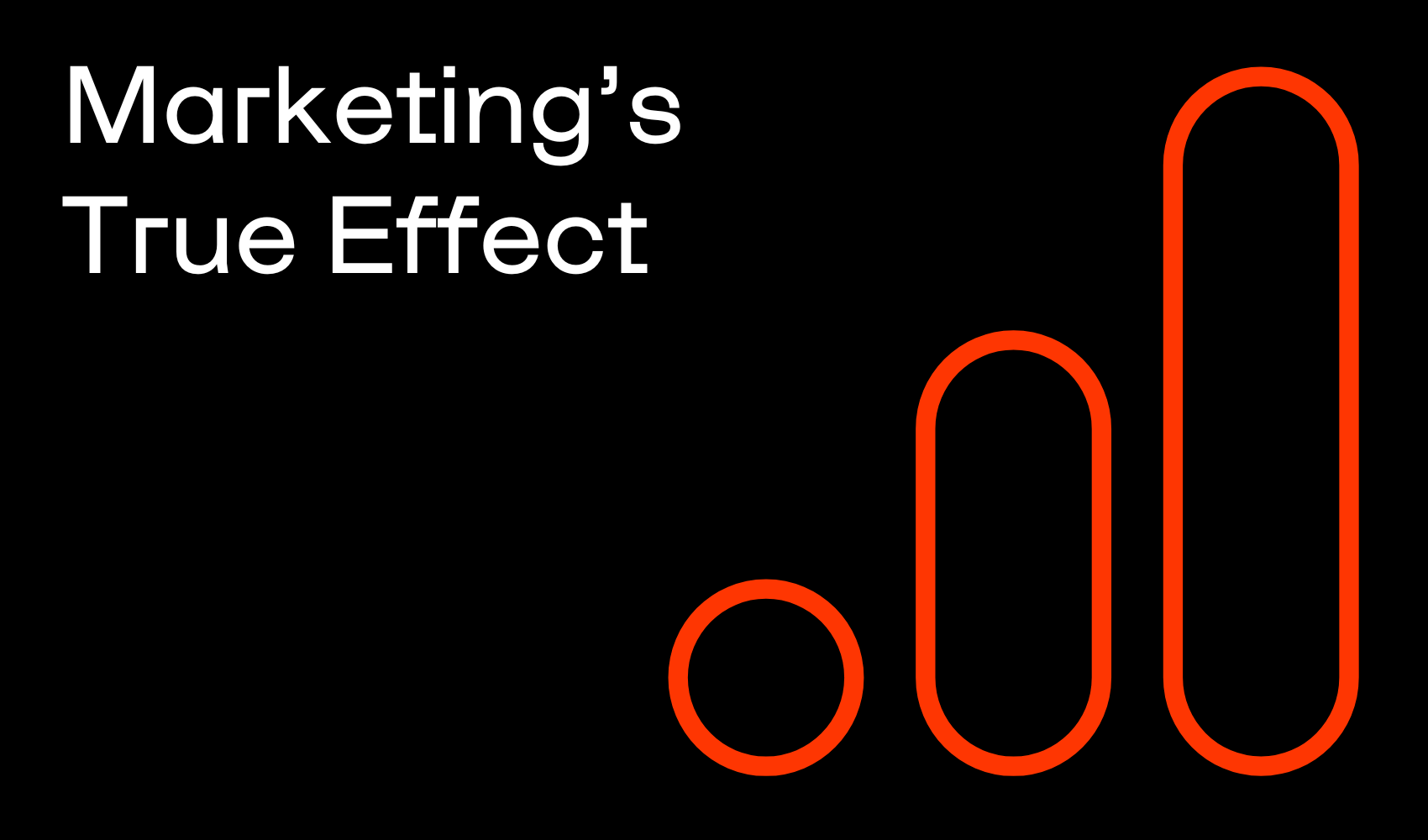The year 2025 is upon us, and with it, Google is introducing exciting news for Performance Max PromotionsFollowing previous launches focused on improved reporting and increased control, these features are now being further developed. The idea is simple: Give advertisers more control and more insights to optimize their ad serving and ultimately improve their bottom line.
In this post, we'll review the latest updates and discuss how to best leverage them in your Google Ads campaigns.
More features for increased AI control
One of the most anticipated new features in Performance Max is the campaign level. negative keywords. These were introduced in a limited beta and are now rolling out to all advertisers. Adding negative keywords at the campaign level gives you further fine-tuning to avoid unwanted search queries on Google. This is valuable both for brand control or to ensure that irrelevant search terms are not triggering your ads and spending your budget unnecessarily. As more and more automation becomes available, this type of feature is becoming an important tool for balancing traffic and relevance.
If you want to focus extra on new customer relationships, you can also benefit from the “New customer acquisition goals”. This approach has become even sharper thanks to “high value mode”. With it, you can identify and prioritize potential customers who are more likely to generate long-term revenue. Google AI scans your own customer data to assess which users could be extra valuable, and adjusts bids accordingly using the technology "customer matching". The result is a more targeted strategy to attract precisely those customers who have the greatest chance of providing good returns over time.
In other words, Performance Max gets a more comprehensive toolbox. Among the new campaign controls, you will find, for example:
- Ability to use negative keywords at the campaign level
- New location for highly valued customers within customer acquisition
- Detailed brand exceptions for different ad formats (Search vs. Shopping)
- "URL contains" rules for product feed campaigns
- Exclusion of age groups in beta version
- Device-specific targeting (desktop, mobile, or tablet) in beta
In-depth search reporting and guidance
In recent months, search themes have been further developed for Performance Max, and now we get a clearer overview of how they actually affect campaign results. With the “Search terms insights” you can see what source a search term originates from – whether it arose through Performance Max’s own algorithms or whether it was discovered thanks to the search themes you entered. If you have added search themes to capture more similar relevant keywords, this column provides a quick overview of how well these themes actually work.
Another new feature is the small “usability” indicator that appears next to each search theme in the asset group. target audience signals. It tells you whether your search themes add value compared to what Google would identify on its own. If a search theme is judged to be less useful graphically, it’s a signal that you may need to fine-tune your terms for better overlap with potential customers. This in-depth reporting makes it easier to determine exactly how your input is impacting your campaign.
Improved reporting of your creatives
Google’s focus on increased transparency is also reflected in the expanded reporting of “asset groups.” Previously, advertisers only saw overall performance across different types of ad assets, but now you can segment and download specific data for each individual ad group. This allows you to break down engagement and conversions at a granular level and quickly see which types of content are driving the most value. This improved visibility helps you make more informed optimization decisions, so you can adjust bids and resources where they make the most difference.
To conclude, it is clear that 2025 will be a year full of new opportunities for those working with Performance Max. We see a clear focus on more control, better reporting and a deeper understanding of how Google’s AI works. This means you can continue to grow online with more targeted campaigns, while maintaining control over your brand, traffic and budget. Stay tuned for more updates in AI and its development.
Click the button below if you would like to book an appointment with a Google Ads Specialist and hear more about how Performance Max can help your company.
Own thoughts (bonus)
When I think back to how Performance Max campaigns have evolved since their release in Google Ads in 2021, a lot of questions arise. I wonder if Google realized back then how few features many Google Ads users were actually using. Perhaps it went hand in hand with the majority being inexperienced and lacking the right skills, which meant they weren’t getting the results they were hoping for.
Google was therefore able to launch an automated campaign format that used more features and performed better than most advertisers could on their own. I don't think many people understand the impact this has had on the global economy, when inexperienced advertisers suddenly get better results without having to put in much effort.
Results:
• Gaps among companies are narrowing as more advertisers gain access to better technology.
• Google is attracting new advertisers with the campaign format.
• Google is simultaneously training its own AI models.
Fears that Performance Max would mean a lack of control are now starting to fade. Since the beginning, Google has regularly released new features that give advertisers more options, more control, and better insights.
Question:
If the idea is to let AI have more control over our campaigns to make smarter decisions, why is Google releasing more and more advanced features in Performance Max? By “advanced features,” I mean that the same settings that were available in the traditional campaign formats are now available here.
I think there is a kind of human touch that an AI model cannot be trained to: to perceive intentions, danger, love, and other soft values that cannot be encoded, but simply have to be felt. It would be exciting to see more research into what distinguishes human judgment from AI. If we had a clear overview of these differences, the fear of AI would probably decrease. Instead, we could use the tool to its fullest and shape a world where people have the space to contribute their true value.




